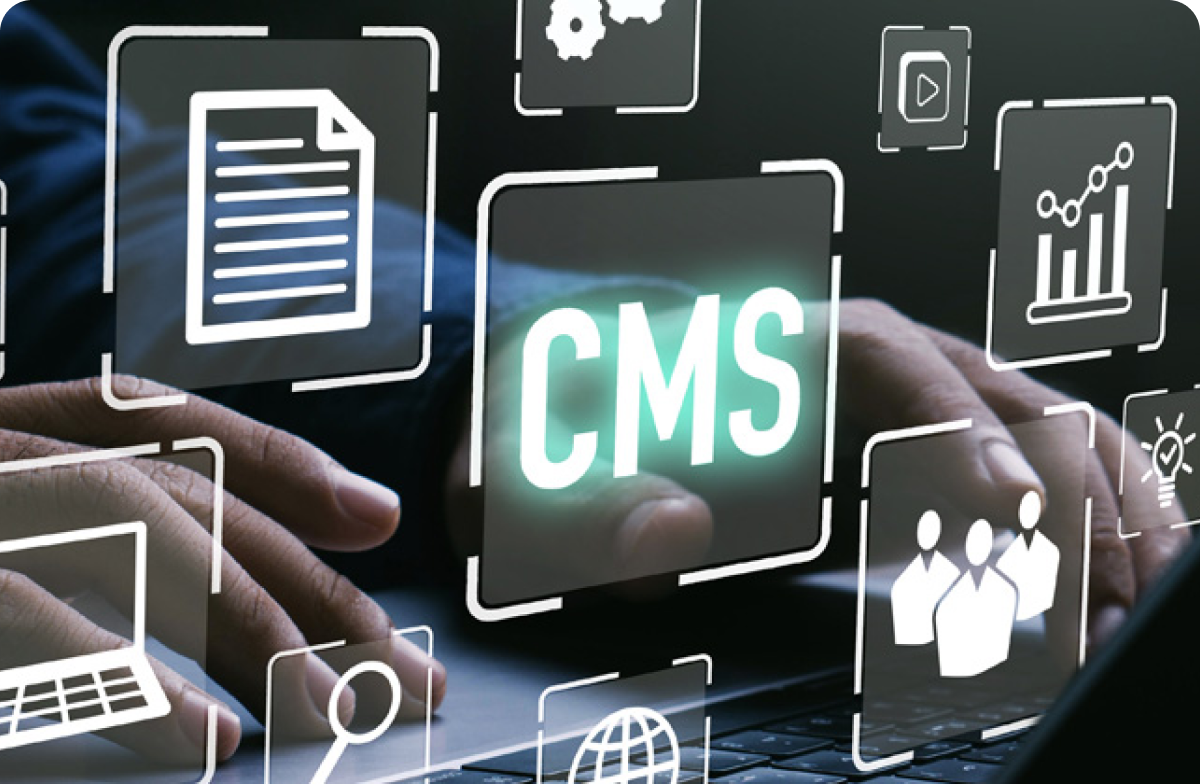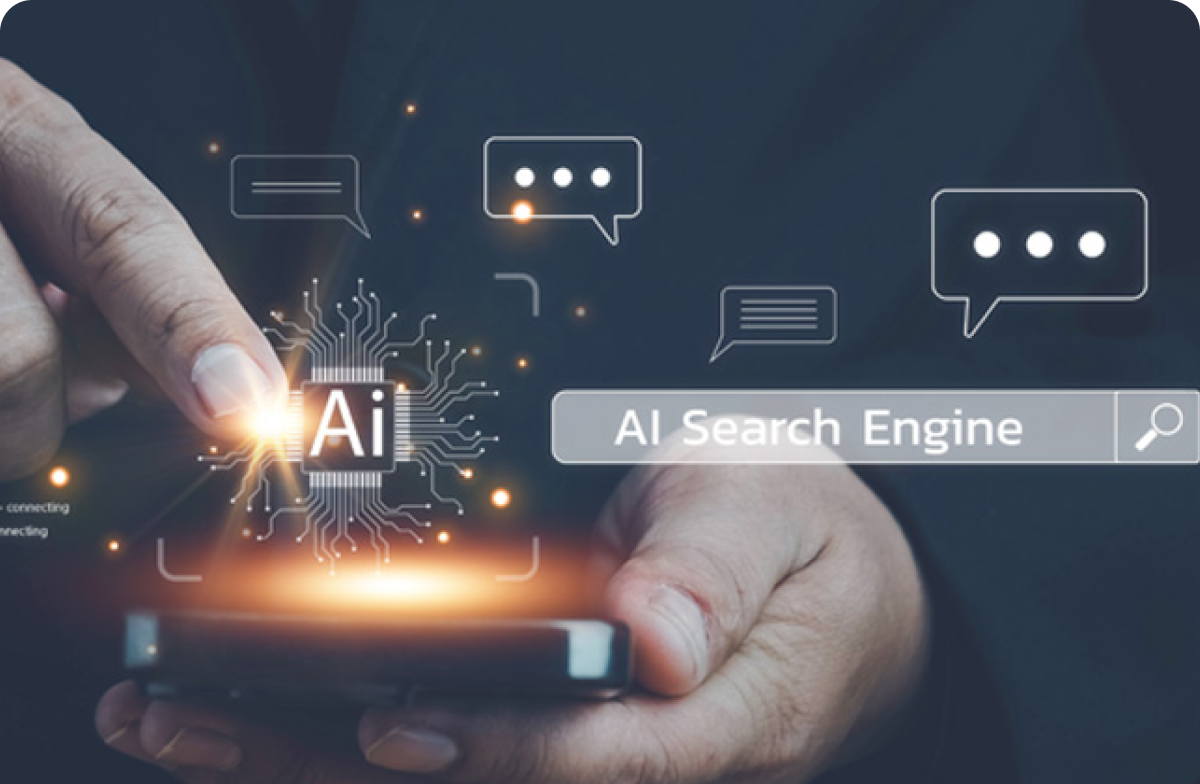As organizations pursue greater efficiency and innovation, the integration of Generative AI (Gen-AI) technologies into various processes has become a game-changer. One of the most promising applications of Gen-AI is the development of virtual assistants (VAs) that enhance the Software Development Life Cycle (SDLC). These intelligent assistants can automate repetitive tasks, provide valuable insights, and facilitate collaboration, thereby significantly improving productivity and outcomes.
Understanding the Software Development Life Cycle (SDLC)
The SDLC is a structured process that encompasses several stages, including:
- Planning
- Analysis
- Design
- Development
- Testing
- Deployment
- Maintenance
Each phase presents distinct challenges, and Gen-AI-enabled virtual assistants can address these challenges effectively. Let’s explore how they can add value at each stage.
- Planning Phase
In the planning phase, project managers define objectives, scope, and timelines. Gen-AI-enabled VAs can assist by:- Gathering Requirements: VAs can engage with stakeholders through natural language processing (NLP) to gather and clarify requirements. For example,
- Jira’s Smart Assist: helps teams by analyzing previous tickets and suggesting features based on past projects.
- Feasibility Analysis: They can analyze historical data to assess the feasibility of proposed features, providing insights into potential risks and benefits.
- Analysis Phase
During the analysis phase, understanding user needs and technical requirements is crucial. Gen-AI can facilitate this by:- Automating Documentation: VAs can help create and maintain comprehensive documentation by summarizing meetings and extracting key points from discussions. Notion AI is an example that assists teams in organizing project notes effectively.
- Data Analysis: They can analyze user feedback and market trends, such as using Tableau integrated with AI to visualize user data and prioritize feature development.
- Design Phase
In the design phase, virtual assistants can streamline workflows by:- Prototyping: VAs can assist in creating design prototypes based on user requirements. Tools like Figma offer AI-driven suggestions for design layouts, speeding up the prototyping process.
- Design Recommendations: Leveraging machine learning, they can suggest design patterns based on past projects. For instance, Adobe XD incorporates AI to recommend design elements based on user input.
- Development Phase
The development phase involves substantial coding efforts Gen-AI-enabled VAs can significantly impact productivity by:- Code Generation: These assistants can generate boilerplate code or complete coding tasks based on user prompts. GitHub Copilot is a prime example, helping developers write code snippets efficiently.
- Real-time Assistance: VAs can provide real-time suggestions and debugging help. For instance, Kite integrates with IDEs to offer in-line code completions based on the context.
- Testing Phase
Testing is critical for ensuring software quality. Here’s how Gen-AI can contribute:- Automated Testing: VAs can generate test cases based on requirements and existing code. Tools like Test.ai use AI to automate test generation, ensuring comprehensive coverage.
- Bug Detection: They can analyze code for common vulnerabilities and recommend fixes. For example, SonarQube uses static code analysis to detect bugs and vulnerabilities during development.
- Deployment Phase
Once the software is tested, deployment requires careful planning. Gen-AI VAs can help by:- Release Management: They can assist in managing deployment schedules, ensuring all team members are aligned. Tools like Octopus Deploy facilitate automated deployment processes with integrated communication features.
- Monitoring: After deployment, VAs can monitor performance metrics and user feedback. New Relic employs AI to analyze application performance in real-time, alerting teams to issues.
- Maintenance Phase
Post-deployment, the software requires ongoing support. Gen-AI-enabled VAs can enhance maintenance activities by:- User Support: Virtual assistants can handle routine inquiries and troubleshooting. Zendesk’s AI chatbot can engage with users, providing instant responses and freeing up human resources.
- Continuous Improvement: They can analyze user interactions and performance data to identify areas for improvement. Tools like Mixpanel offer AI-driven insights that guide product iterations based on user behavior.






